There are some quirky and strange creations that you just have to try at least once in your life… So, we have compiled a list of fruits in India that you probably never ever heard of. Bon appétit!
Duku and Lungsat
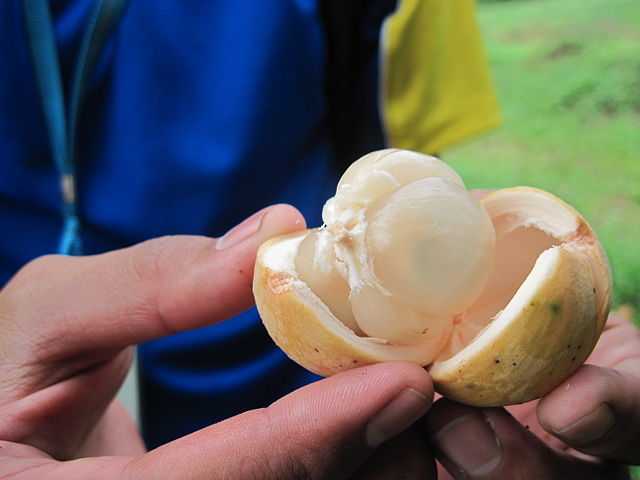
These fruits are available in many regions of Asia and are incredibly similar; they appear the same, they even taste the same. The one difference between them is that the skin of the lungsat is made up of a latex material, making it stick to the flesh of the fruit (harder to remove,) while the skin of the duku can be peeled off easily. Once you open them, you’ll see that the fruits have five slices. The taste is very sweet, but avoid the bitter seeds, they taste horrible. Usually, you can find fresh, canned or dried versions.
Sweetsop
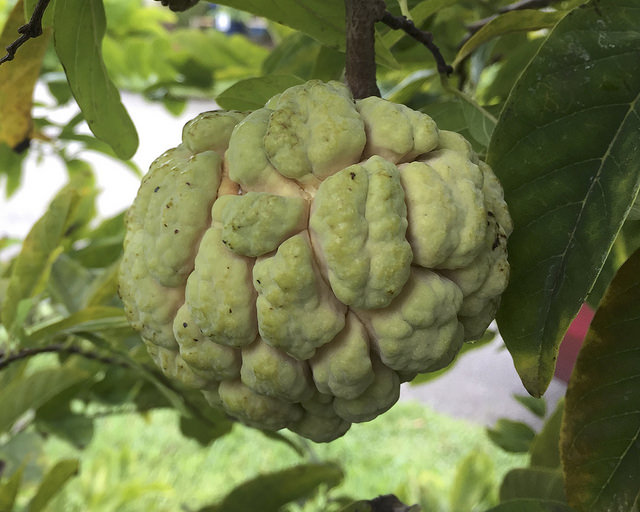
Also called sugar apples, these bad boys look like green pinecones. They can also be found in many tropical regions and they have a very singular flavour: they taste like custard. The flesh of this fruit can be white or a very light yellow and its smell is heavenly. The average diameter for these round –or cone- shaped fruits is around 10 cm. You can find around 30 black seeds in a sugar apple, but they have already come up with seedless varieties.

Noni
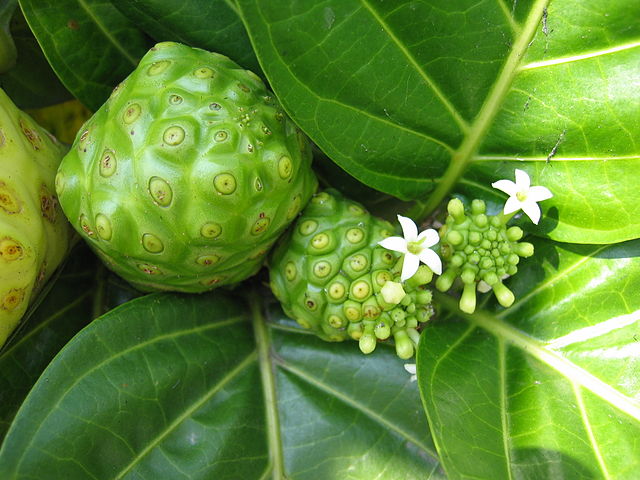
Known also as Morinda Citrifolia, Indian mulberry, dog dumpling and great moringa, this sci-fi alien pod lookalike has strong ties to the coffee bean plant. They are cultivated throughout the tropics, and Noni trees tend to produce fruits all year-round. When they ripen, however, the smell that they omit is highly unpleasant; that is why sometimes the produce is called “vomit,” or “cheese” fruit. Don’t expect nonis to be delicious; the custom is that they’re eaten raw with salt or cooked into a stew. Although the taste isn’t great, nonis are famous for their healthiness: they possess high levels of fibre, protein, calcium and iron and vitamin A. At least now you know where to get an energy boost from…
Bael
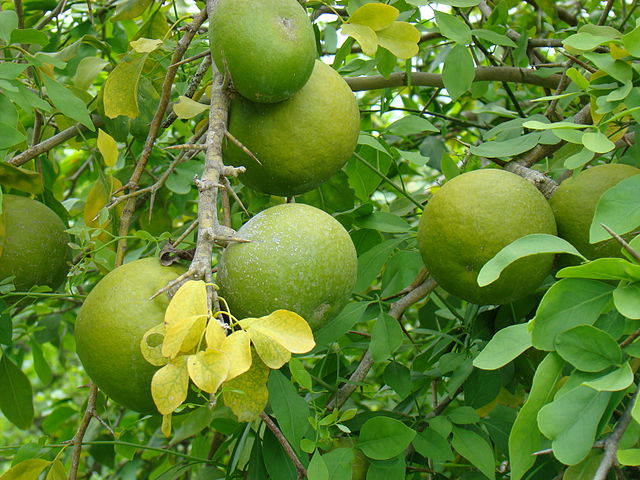
Native to India, wood apples or stone apples can now be found in numerous areas along Southeast Asia. The skin of baels has a wood-like texture (hence the name,) and can be green, grey or yellow. The peel is hard, so if you want to get to the flesh, you have to crack it with say, a hammer. The pulp is yellow and fragrant, the taste is sweet but not heavenly delish. There are hairy seeds inside the fruit. You’ll find dried versions of the flesh, too, but the most popular way to consume it is via a juice, “sharbat.” They add lime and sugar to the pulp and mix it, resulting in a nice, fresh beverage.
Ling Nut
Looking like a creature out of Alien vs. Predator, ling nuts are not fruits (but deserve to be on this list nonetheless.) Not surprisingly, it has a couple of other name: devil pod, water caltrop, buffalo nut and bat nut. “Devil pod” seems fitting, doesn’t it? The nuts are very popular during the Indian celebration Navaratri, a festival of nine days devoted to the goddess Durga. The ling nuts are ground and used in various religious rituals. Exercise caution, as ling nuts are poisonous in their raw form (DEVIL NUTS!!!!), but when they’re cooked, they have a wonderful sweet chestnut and peanut-like flavour.
Jackfruit
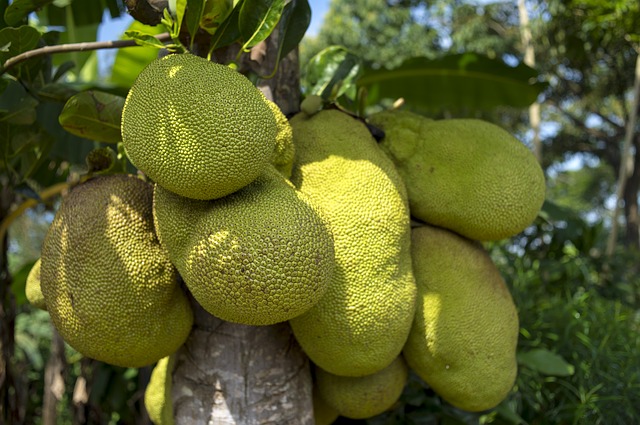
Once ripened, jackfruits have a sweet-savoury, yet pungent flavour, resembling some notes of pineapples and bananas. It isn’t a juicy fruit, but can have peculiar textures (rubbery and chewy or creamy.) Jackfruits can grow to be huge – one hundred pound large – and once opened, have a yellowy flesh with some darker seeds. The season for them is June to August and September to December.
Harendong
A variety of Melastoma, this fruit looks rather like a very exotic, beautiful flower. They don’t usually grow harendongs (translated to “black mouth”) for commercial usage, so you should keep an eye out for exceptionally beautiful shrubs near roads. You know that the berries are ripe when they have a deep blue, purple or brown colour. Harendongs taste mostly sweet and just a bit bitter, they are juicy and very refreshing. Be sure to try it out at least once, but also keep an eye out, since birds and animals are also very keen on filling their stomachs with it!
Camachile
Also called Manila Tamarind, devil’s necklace, Madras thorn, monkey pod and monkey earrings, these fruits are ripe February to April or May. It has absolutely nothing to do with the classic dark-coloured tamarind. The chewy flesh of the fruit tastes sweet and musky – some people say that it tastes like desiccated coconut. There are two types of fruit that you can tell apart by their colour: white ones, which may cause a throat irritation and red ones, which are sweet. Seeds are very unpleasant; so do get rid of them before taking a huge bite!
04May
Fruits in India That You Probably Have No Idea About
Are you crazy enough to come along for the ride? Then join us on the next Rickshaw Challenge. Get a team together and let’s see you at the starting line! If you want to join us in spirit, like us on Facebook or follow us on Twitter to keep up with our latest antics.





